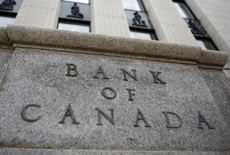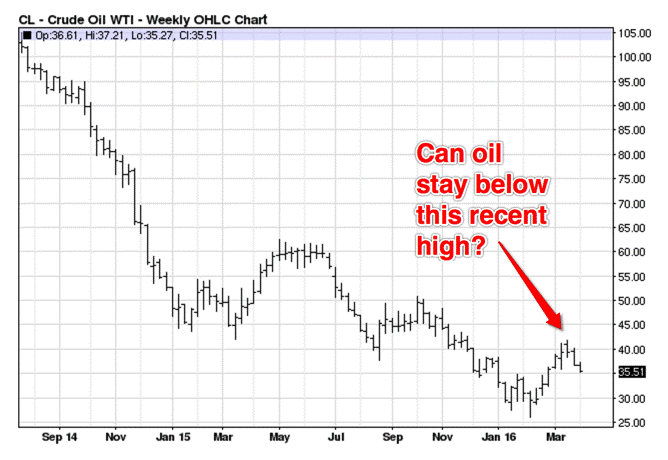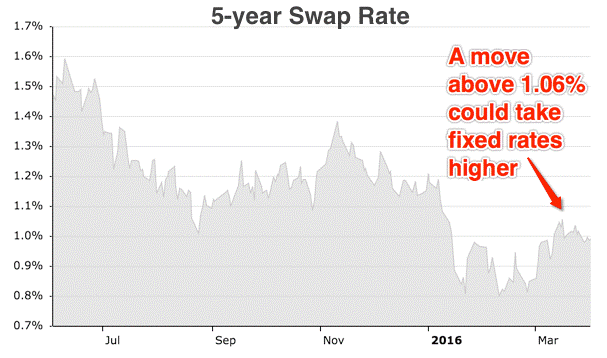 Put Down Less, Get a Better Rate
Put Down Less, Get a Better Rate
Lenders want insured mortgages…badly—and they’re still slashing rates to attract them.
The best insured 5-year fixed mortgage rates are now 15 basis points below uninsured rates (uninsured rates apply to mortgages with 20% or more equity).
That’s not normal. Prior to the last few months, the spread between the two was running closer to 10 bps.
In today’s counterintuitive mortgage market, the guy putting down a measly 5% saves $1,400 more interest than the guy putting down 20%, based on the average $200,000 mortgage. Why? Because:
- mortgage investors love mortgages with government-backed insurance, and
- with “high-ratio” mortgages, the borrower pays the insurance fee, not the lender—which makes them all the more profitable.
Where’s the Edge Now
If you want bang for the buck, not much has changed. Short-term fixed rates still carry the day for strong borrowers who aren’t prone to panicking when they see some suit on BNN chattering about rate hikes. Many 1- and 2-year fixeds are still priced 20+ bps below most variable rates.
As for floating-rates, lenders’ funding cost pressures have alleviated a tad. Gravity is now taking over and pulling down variable rates ever so slowly. Variable rates at the Big 5 are all in the prime – 0.25% to 0.35% range. On the Spy, you’ll find them 20-30 bps cheaper. But unless you hate renewing (many people do, it’s okay to be one of ’em) then check out a onesie or twosie instead.
Quick Intel: If you’re renewing into a 1- or 2-year fixed, find a lender that pays your switch fees. Most lenders don’t on short-term mortgages.
On Tap for the BoC
 The Bank of Canada’s next rate powwow is Wednesday, April 13. Prime rate looks like it’ll be staying put after January’s sizzling GDP number (the market expected lukewarm). See what the econs have to say about it.
The Bank of Canada’s next rate powwow is Wednesday, April 13. Prime rate looks like it’ll be staying put after January’s sizzling GDP number (the market expected lukewarm). See what the econs have to say about it.
With GDP running well above Bank of Canada estimates, that pretty much crushes the odds of a BoC rate cut this month. In fact, the ever-erratic fixed income market now expects no rate moves for the rest of the year. What a contrast to just weeks ago when traders were pricing in another rate cut by summer.
With the BoC leaving well enough alone, prime rate is stuck at 2.70%. But, as you know all too well, inflation prospects (which drive interest rates) can change with the wind.
Oil: Short-term Bounce or Long-term Trend Reversal?
Crude oil has held the rate market hostage for numerous quarters. Thanks to the link between oil prices and inflation expectations, interest rates have followed oil’s direction like an imprinted duckling.
Looking out a few months, as long as oil remains under last month’s high (roughly $42.50), there’s a decent chance that fixed mortgage rates will hold near today’s levels or lower.

The other key indicator to watch is Canada’s 5-year swap rate, which usually steers 5-year fixed mortgage rates.
A strong move above the recent high would be bullish for fixed mortgage rates. At the very least, we’d see some deep-discount “quick close” rates disappear. That would likely lift the best rates at least 10 bps. As such, if you happen to be timing a near-term rate lock, keep an eye on this chart.

Oil Chart Source: OilPrice.com; Swap Chart Source: RBC

 log in
log in
6 Comments
“In today’s counterintuitive mortgage market, the guy putting down a measly 5% saves $1,400 more interest than the guy putting down 20%, based on the average $200,000 mortgage.”
Once again those who save and are diligent with their money are being punished, while those who take on more debt than than they probably should are being catered to. I hope this isn’t the ‘new normal’!
From what I’m reading today, BOC is gonna leave the rate as-is, but most of the focus seems to be on the new forecasts they’ll be releasing in the Monetary Policy Report. Should be interesting! Let’s see just how rose-coloured their glasses are.
Hey Rob,
You should have a talk on how much the banks make on mortgage insurance through the banks.
Helps bottom line for the banks.
The insurance is more expensive though the bank. Bank is the beneficiary.
Hey Brian,
Creditor life insurance is indeed a big money-maker for the Big 6. They push their mortgage advisors hard to sell it, often with quotas (“targets”) that encourage 25% to 50% of customers to be sold this product.
The coverage varies but you’re right, one can often find much better coverage through an independent agent. The worst thing about mortgage life sold through lenders is that it generally offers no portability. So if you want to change lenders, you have to re-apply (which can be a problem if you no longer qualify) and likely pay materially higher premiums (because you’re older). This makes it a great customer retention tool for lenders.
Sometimes borrowers will go to a particular lender for a low rate, sign up for the creditor insurance, and then find out about its limitations when they renew elsewhere. The extra cost of re-applying for new insurance can eat into that initial rate savings, sometimes in a big way.
Ya save 1,400$ with the assumption that interest rates will stay at all time low forever? Redo the calculation when interest rates start rising. Good luck out there.
Hey Jay, That ~$1,400 interest cost difference is based on a 15 basis point rate spread between an insured and uninsured mortgage. It’s a pretty static number regardless of whether you’re talking about a 2.5%, 5.0% or 7.5% interest rate…